
This site runs ads and generates income from affiliate links. Read my disclosure policy.
This easy recipe for Classic British Flapjacks makes a simple treat that can be made by anyone from amateur bakers to seasoned professionals.
Why This Recipe Works
- Brown sugar adds richness and caramel undertones.
- Vanilla adds warmth and depth of flavor.
- Salted butter seasons the recipe and balances the sweetness.
What Is A Flapjack?
A flapjack is an oat bar popular in the UK. They’re typically made with butter, oats, and Golden Syrup (paid link). Although they’re often made at home, they are commonly found in British bakeries or ready-made in grocery stores and shops. They are sold plain or with additions such as peanut butter (like in my Peanut Butter Flapjacks) chocolate chips, raisins, or dried apricots (as pictured below).
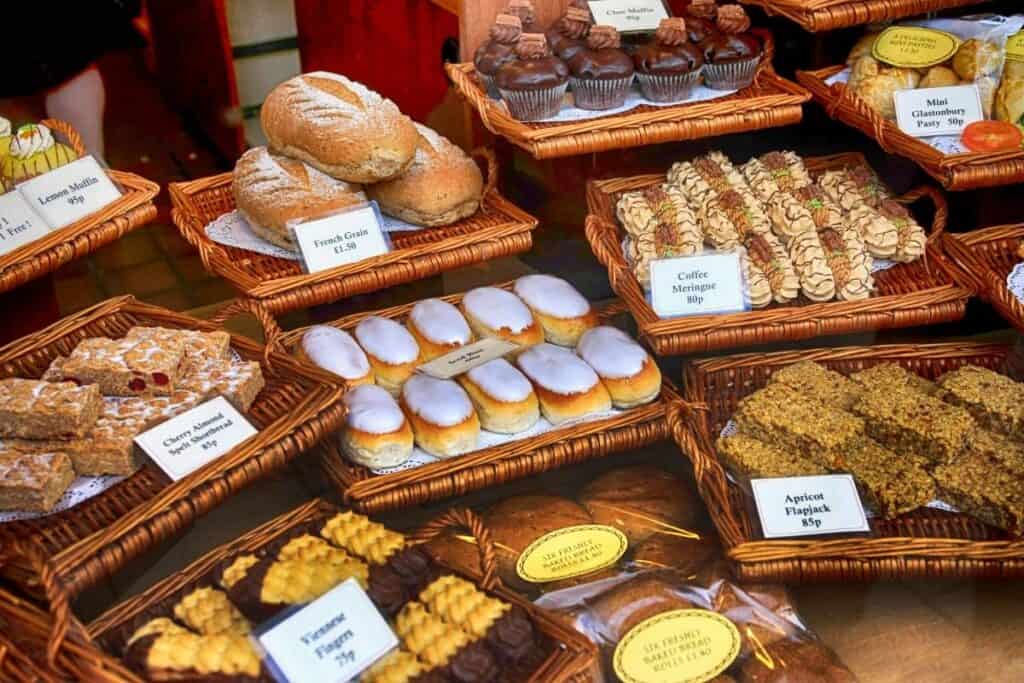
These classic British flapjacks are buttery, chewy, and unbelievably easy. I learned to make them while living in England (for my son’s entire childhood), and they became the bake I brought to every school event and birthday party. They’re foolproof, delicious, and perfect for tea time, lunchboxes, and after-school snacks.
Chewy vs. Crunchy
This is a timeless debate in Britain. Some think crispy and just as many will say chewy. It really comes down to personal preference and it can be easily adapted. You can make them thick and chewy by using a smaller pan, or if you prefer them crunchy, spread them thinner. In my opinion, it should be somewhere in between. I typically use an 8×8 inch (20 cm) pan. If you like a crispier flapjack, use a larger baking pan and bake them at a higher temperature.

Ingredient Notes
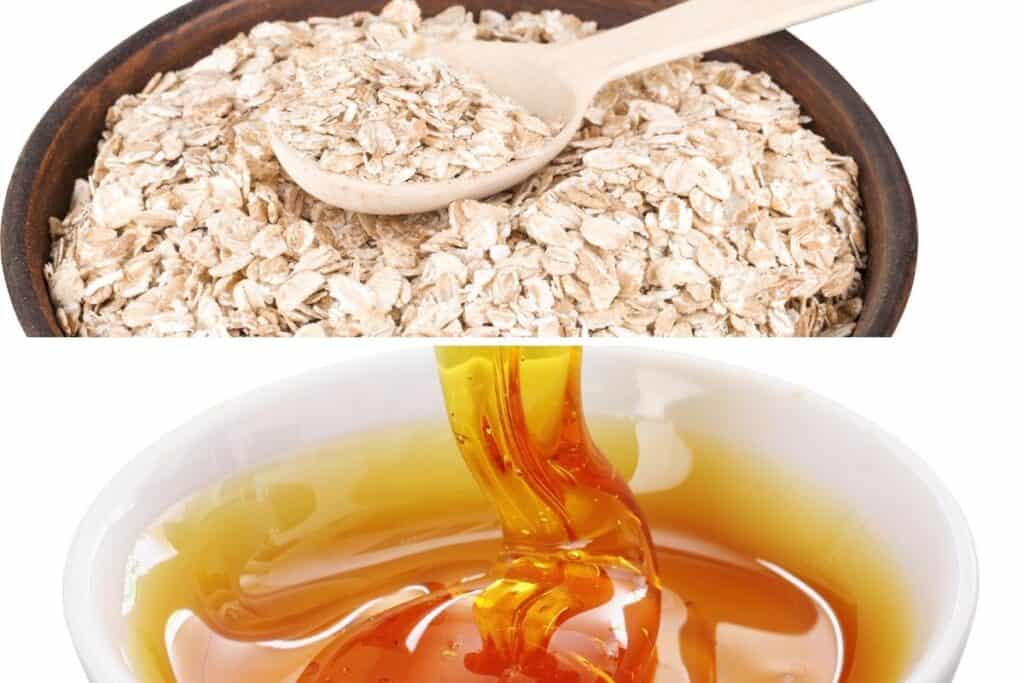
Oats:
In The US or Canada: Use quick-cooking oats — not instant oats and not old-fashioned/large-flake oats. Old-fashioned oats don’t absorb the syrup properly, so the bars won’t bind or get that classic chewy finish. Instant oats break down too much and make the flapjacks dense. Quick-cooking oats are the perfect choice that gives you the perfect texture every time.
In the UK: Porridge oats, jumbo porridge oats or rolled oats all work well. Porridge oats give a softer, chewier texture, while jumbo or rolled oats create a slightly firmer, more rustic flapjack. Avoid instant oats or instant porridge, as they break down too much and make the bars dense rather than chewy.
Syrup: This recipe calls for Golden Syrup, which is commonly used in British baking (it can be found in the baking section of American grocery stores). If you can’t find it and you’re in the US, I recommend using dark corn syrup, maple syrup, or honey.
How to Make Classic British Flapjacks
Start with melting butter in a pan with syrup, brown sugar, mixing over medium-low heat until well combined and fluid. You want to mix well so that no separation of the butter is visible.
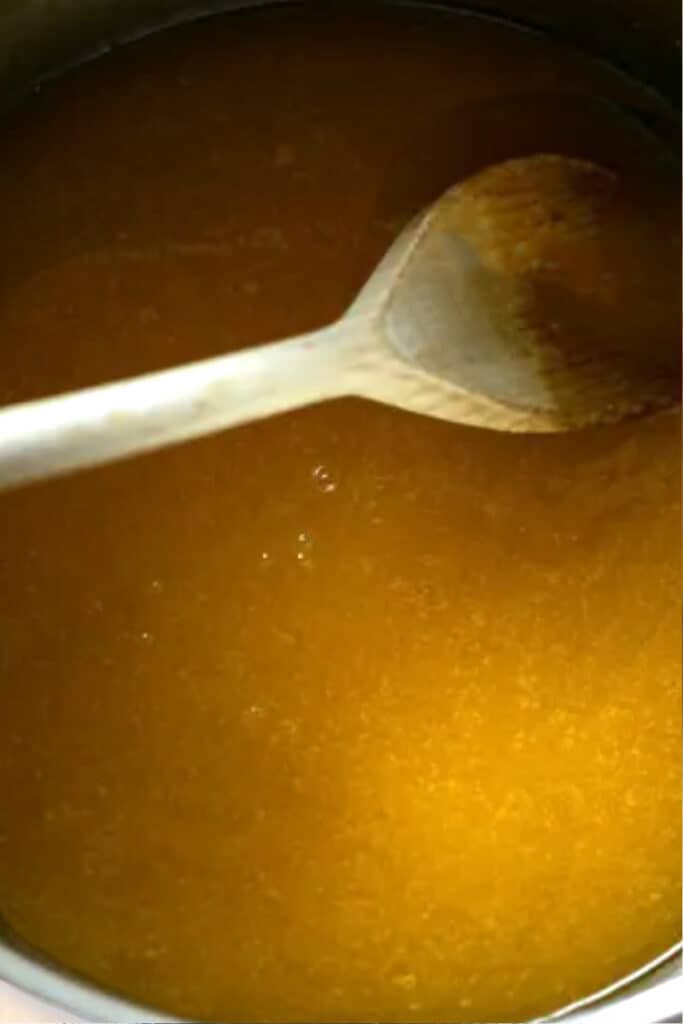
Add the oats to the pan with the syrup mixture. I’ve seen a lot of recipes add it to a bowl with the oats, and I’ve never understood why you’d want to dirty another bowl when you can do it all in one pot.
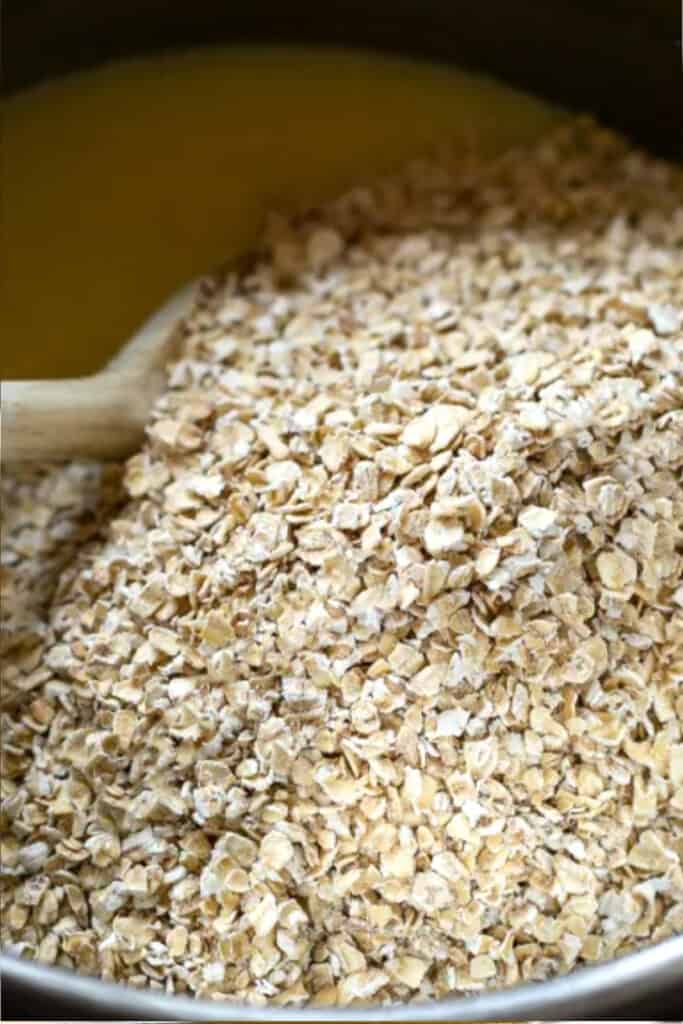
Coat the oats well with the syrup mixture. This would be a great time to add some chocolate chips or dried fruit if you like to customize your flapjacks.

Add the mixture into your prepared pan.
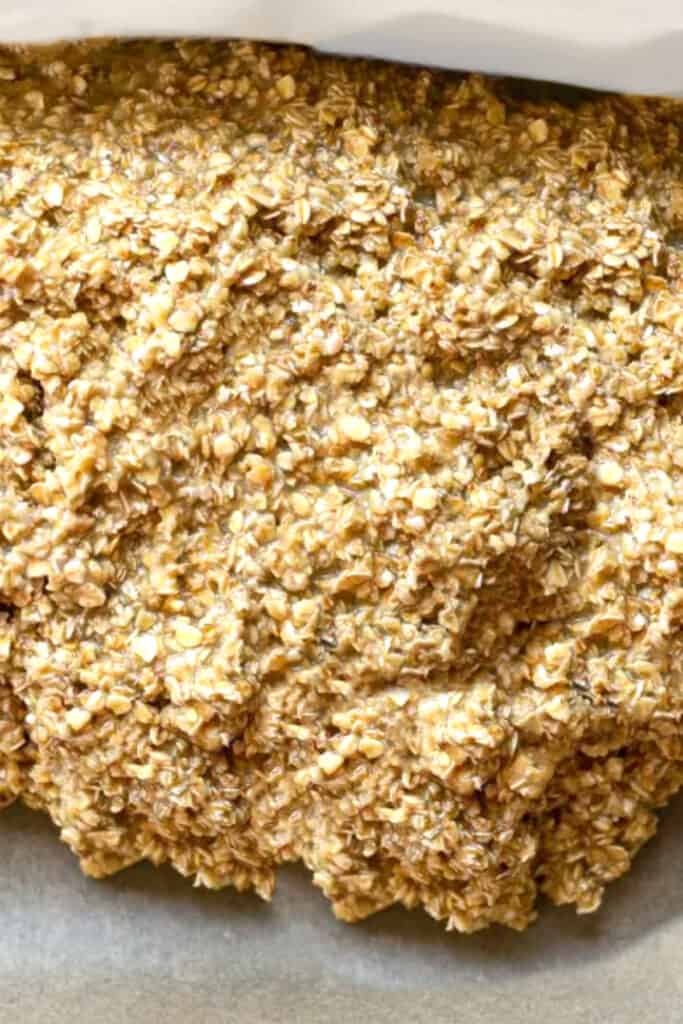
Spread the into the pan evenly with the back of a spoon or rubber spatula, making sure it’s nice and flat. Bake until set. If you don’t like a crisp edge, try using a damp cake wrap (paid link). This will cool down the sides and stop the edges from browning too quickly.
Baking time can be anywhere from 20 to 30 minutes, for a softer, chewier flapjack, bake until they are starting to firm (around 20 minutes). If you prefer them crisper, cook them longer, but keep in mind your flapjacks will firm up and crisp more as they cool.
Allow cooling for ten minutes before slicing into bars.

Serve and enjoy!
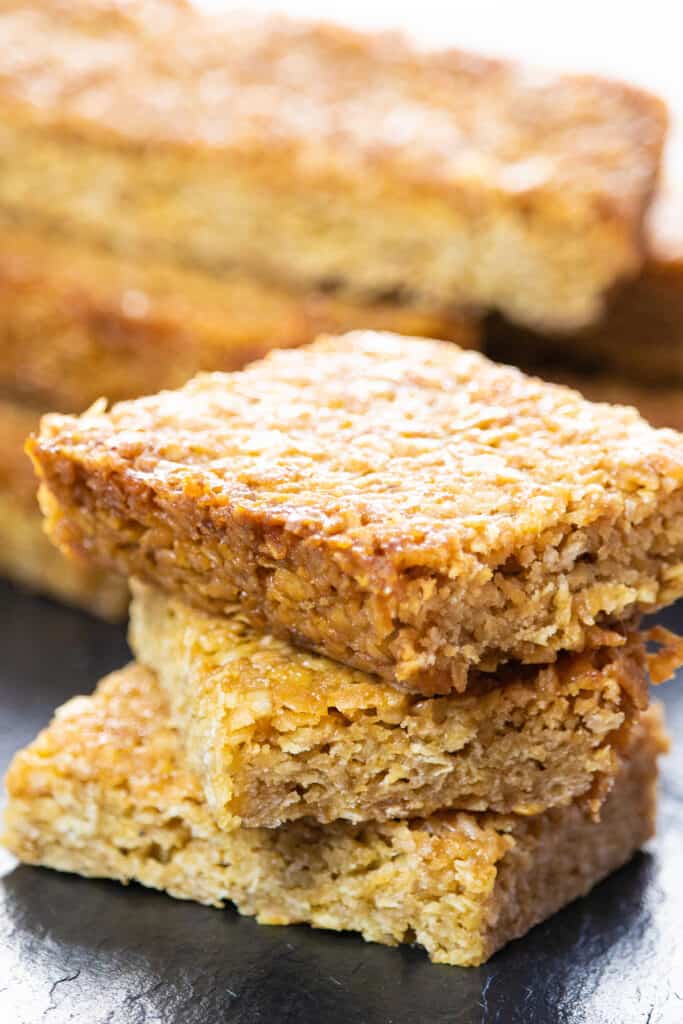
Erren’s Top Tips
- I recommend using quick cook oats if you are in the US. Using old-fashioned oats changes the texture completely. They don’t absorb the syrup the same way, so the flapjacks won’t bind or get that classic chewy finish.
- Lining your pan with baking paper will make removing the flapjacks from the pan easier.
- Can’t find golden syrup? Use dark corn syrup in its place.
- When melting the butter and sugar together, cook over low heat. Higher heat can end up hard and taffy-like.
- To avoid a greasy flapjack, mix the butter and sugar mixture well until you see no sign of melted butter.
- When baking, watch closely and remove from the oven when the edges are golden. Overcooking may result in a hard, crunchy flapjack.
- For a crisper flapjack, use a shallower baking pan and bake at a higher temperature.
- For a more cake-like, fluffy flapjack, skip the stovetop and instead add all the ingredients to a food processor, blitz it all together, and spread the mixture into the pan. Then bake as directed.
- Try using a damp cake wrap if you don’t like a crisp edge (paid link). It will cool down the sides and stop the edges from browning too quickly.
Make ahead and Freezing Instructions
- Flapjacks can be made ahead stored covered at room temperature for up to 3 days.
- To Freeze: Just cut, then freeze on a baking tray for individual bars. Then transfer to an airtight freezer-safe container and freezer for up to three months. Thaw overnight before serving.
Rate This Recipe
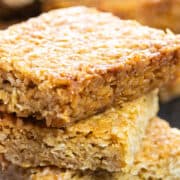
Recipe
Classic British Flapjacks
Ingredients
- ½ cup salted butter ((1 stick) cubed)
- ½ cup brown sugar (packed)
- 5 tablespoons golden syrup (or dark corn syrup)
- 1 teaspoon vanilla
- 2⅓ cups quick-cooking oats (Or jumbo porridge oats in the UK – See notes on for other recommendations)
Instructions
- Preheat the oven to 325°F/163°C (with the fan or convection setting turned off)
- Grease and line an 8-inch square baking pan.
- Melt the butter in a pan over medium-low heat. Add the brown sugar, syrup, vanilla and cook until the sugar is dissolved and fluid. Remove from heat and whisk until there is no visible melted butter and the mixture resembles melted caramel.
- Add the oats and mix until well coated.
- Spread the mixture into the prepared pan and press it down into the pan evenly with the back of a spoon or spatula.
- Bake until they start to firm. This will take 20–30 minutes, use the shorter cooking time for more chewy flapjacks and longer if you prefer them crisper. The flapjacks will firm and crisp more as they cool.
- Store covered at room temperature for up to 3 days.
Tips
- Oats In The US or Canada: Use quick-cooking oats — not instant oats and not old-fashioned/large-flake oats. Old-fashioned oats don’t absorb the syrup properly, so the bars won’t bind or get that classic chewy finish. Instant oats break down too much and make the flapjacks dense. Quick-cooking oats are the perfect choice that gives you the perfect texture every time. Oats In the UK: Porridge oats, jumbo porridge oats or rolled oats all work well. Porridge oats give a softer, chewier texture, while jumbo or rolled oats create a slightly firmer, more rustic flapjack. Avoid instant oats or instant porridge, as they break down too much and make the bars dense rather than chewy.
- Lining your pan with baking paper will make it easier to remove the flapjacks from the pan.
- Can’t find golden syrup? Use dark corn syrup in its place.
- When melting the butter and sugar together, cook over low heat. Higher heat can end up hard and taffy-like.
- To avoid a greasy flapjack, mix the butter and sugar mixture well until you see no sign of melted butter.
- When baking, watch closely and remove from the oven when the edges are golden. Overcooking may result in a hard, crunchy flapjack.
- For a crisper flapjack, use a shallower baking pan and bake at a higher temperature.
- For a more cake-like, fluffy flapjack, skip the stovetop and instead, add all the ingredients to a food processor, blitz it all together, and spread the mixture into the pan. Then bake as directed.
- If you don’t like a crisp edge, try using a damp cake wrap (paid link). This will cool down the sides and stop the edges from browning too quickly.
This recipe was originally posted in Oct of 2019 but was republished in 2022 with new instructions, tips, and step-by-step instructions.


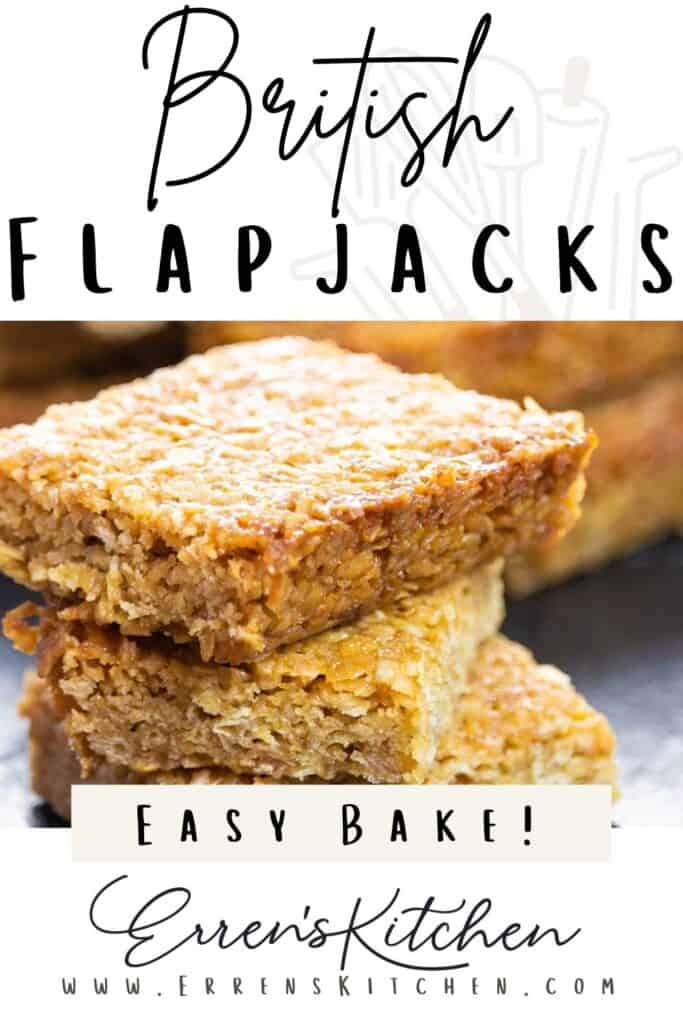

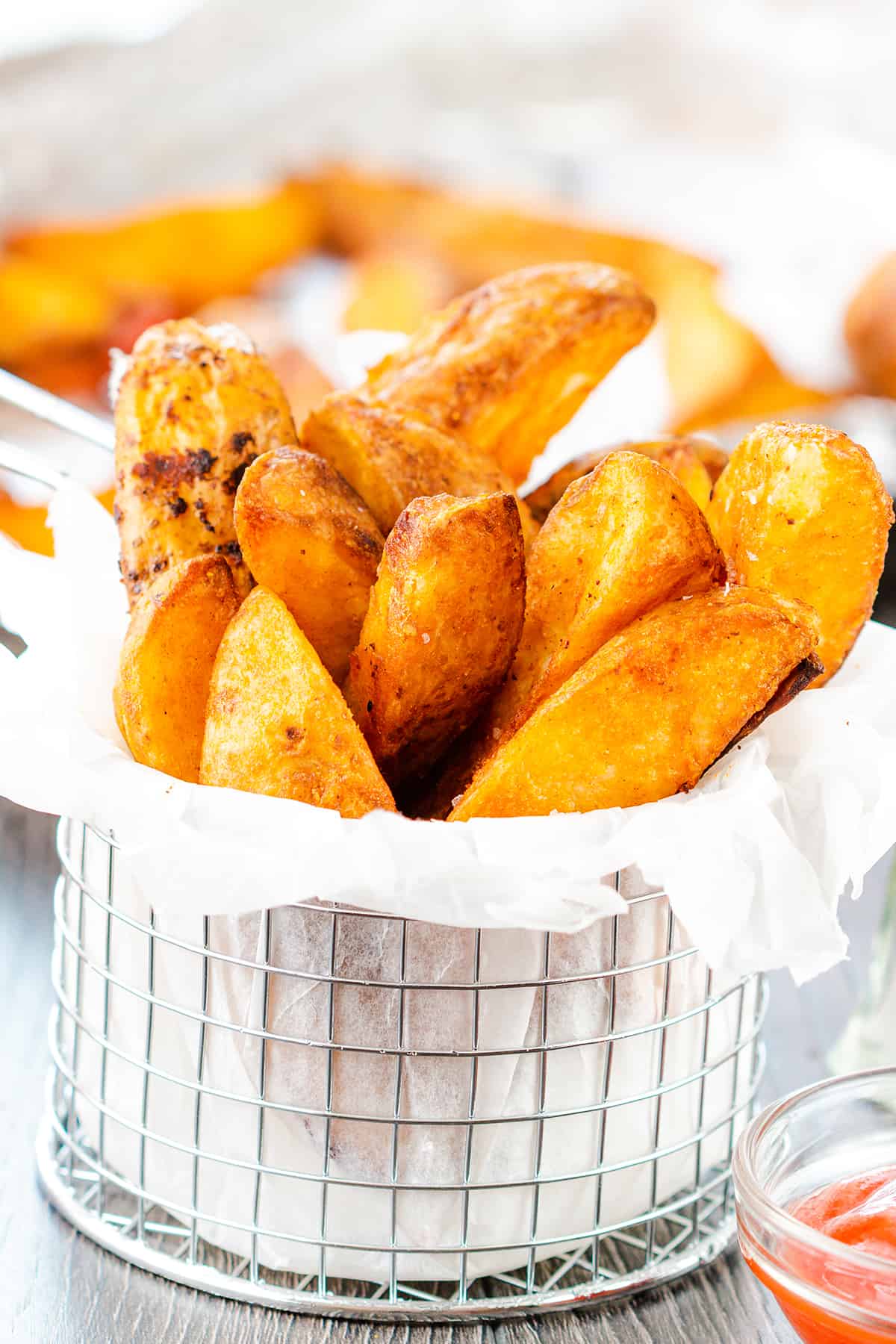
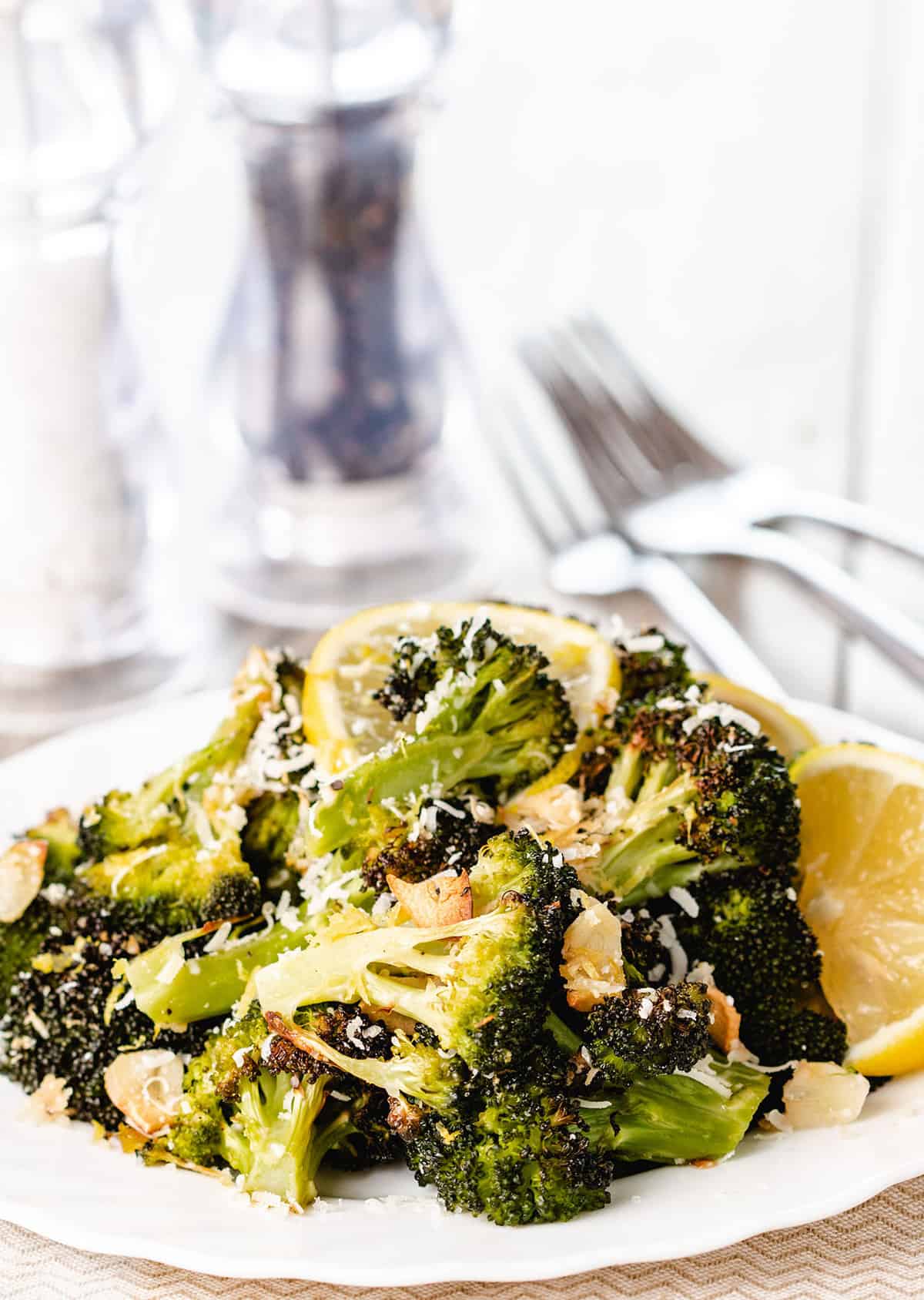
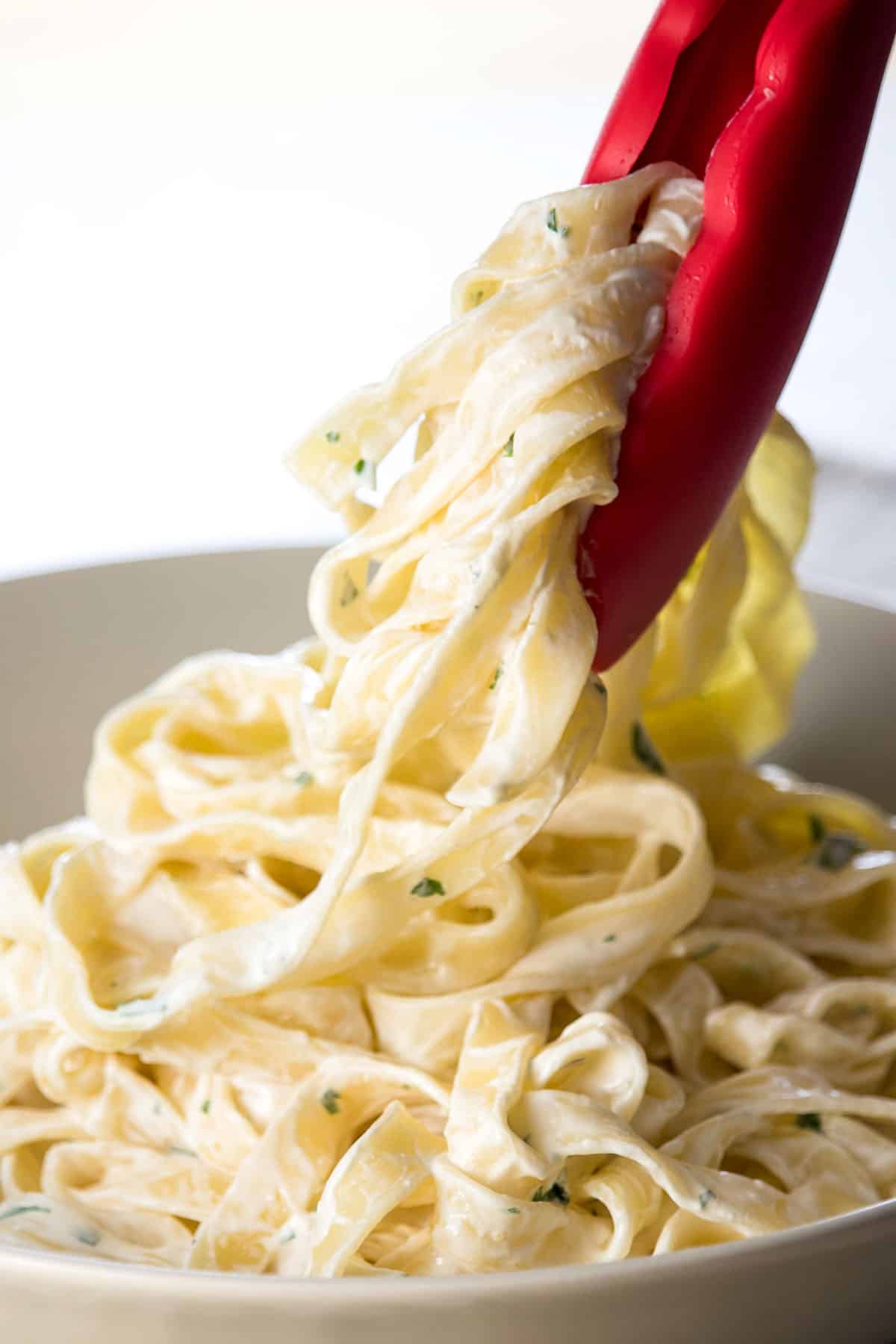
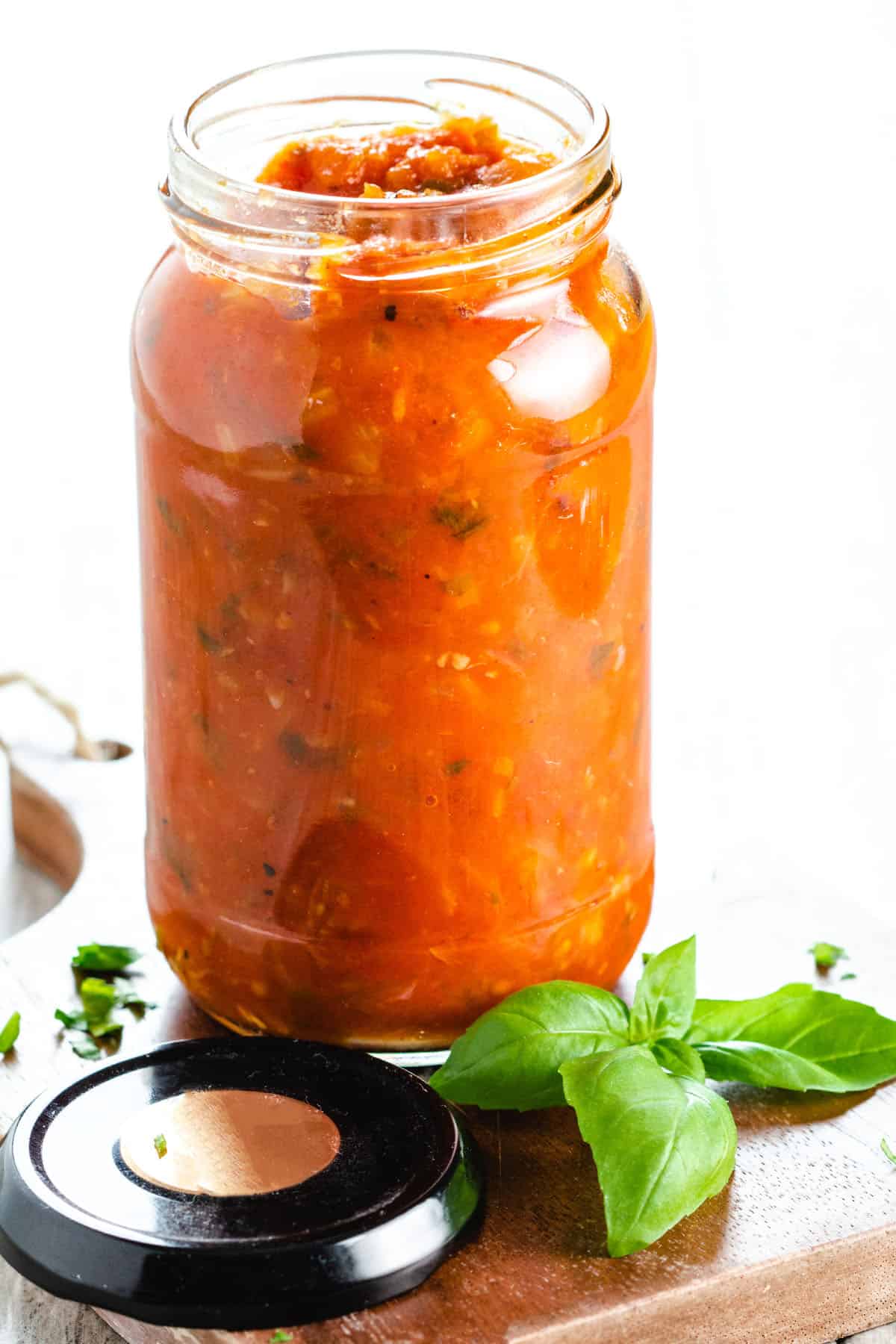
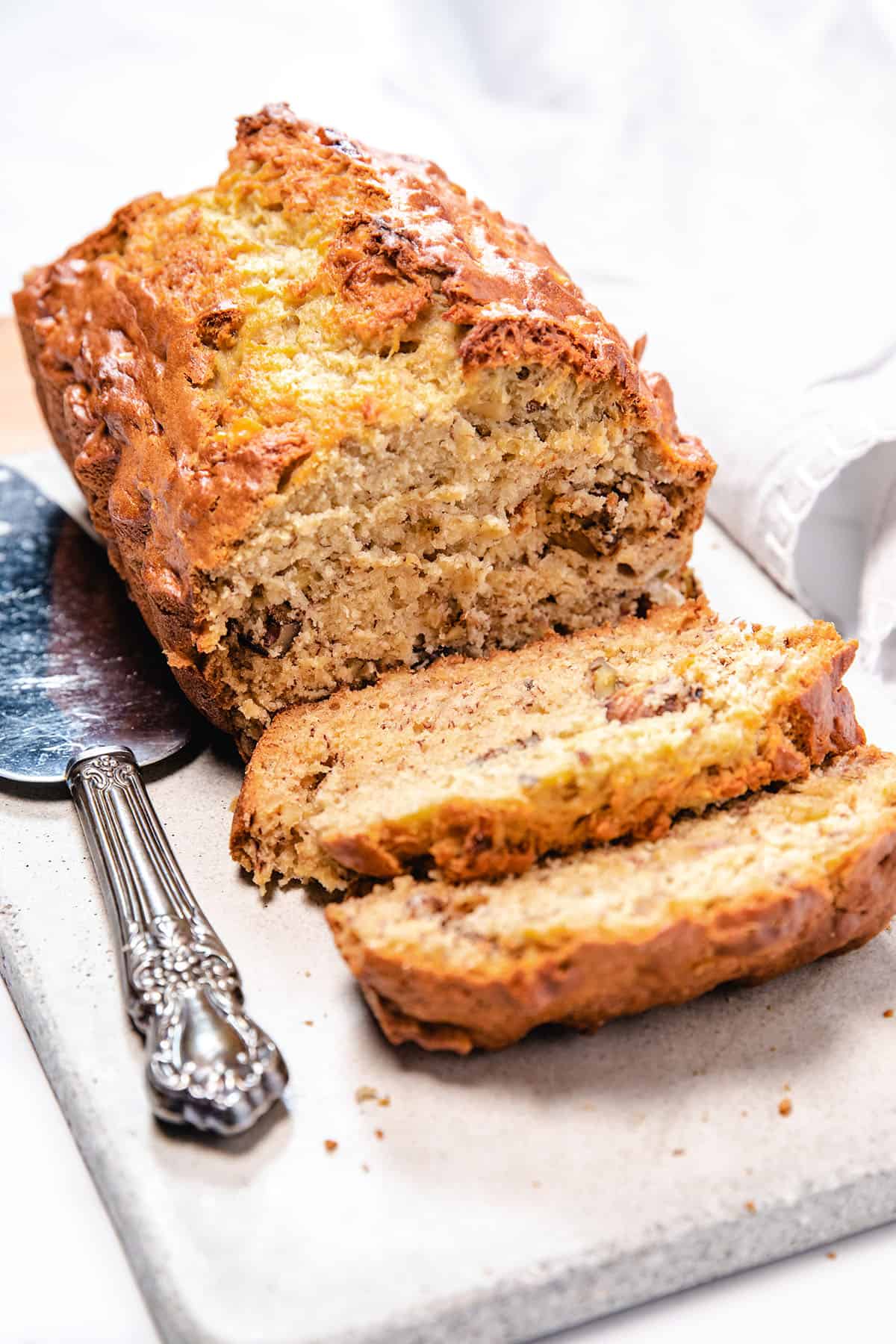

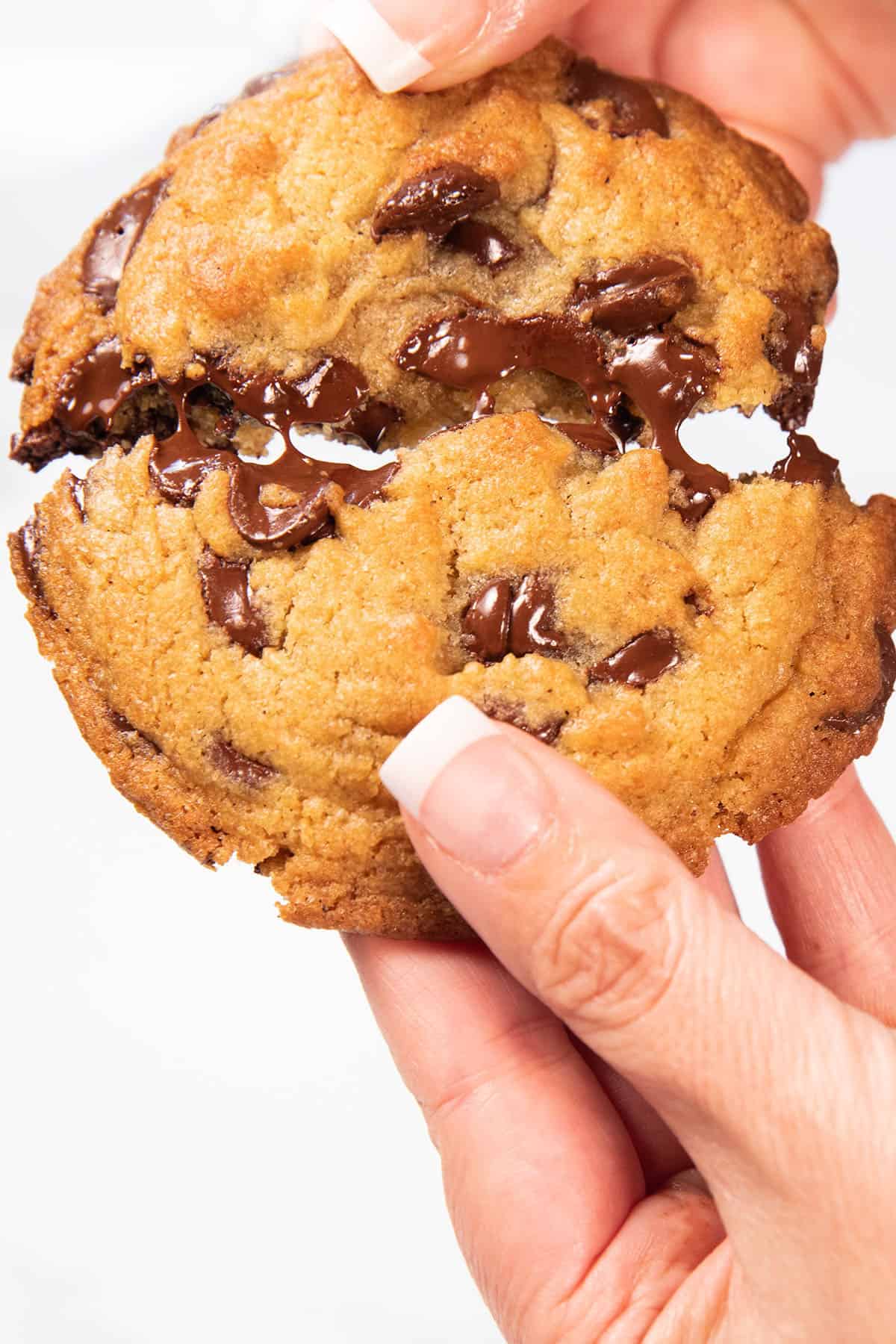
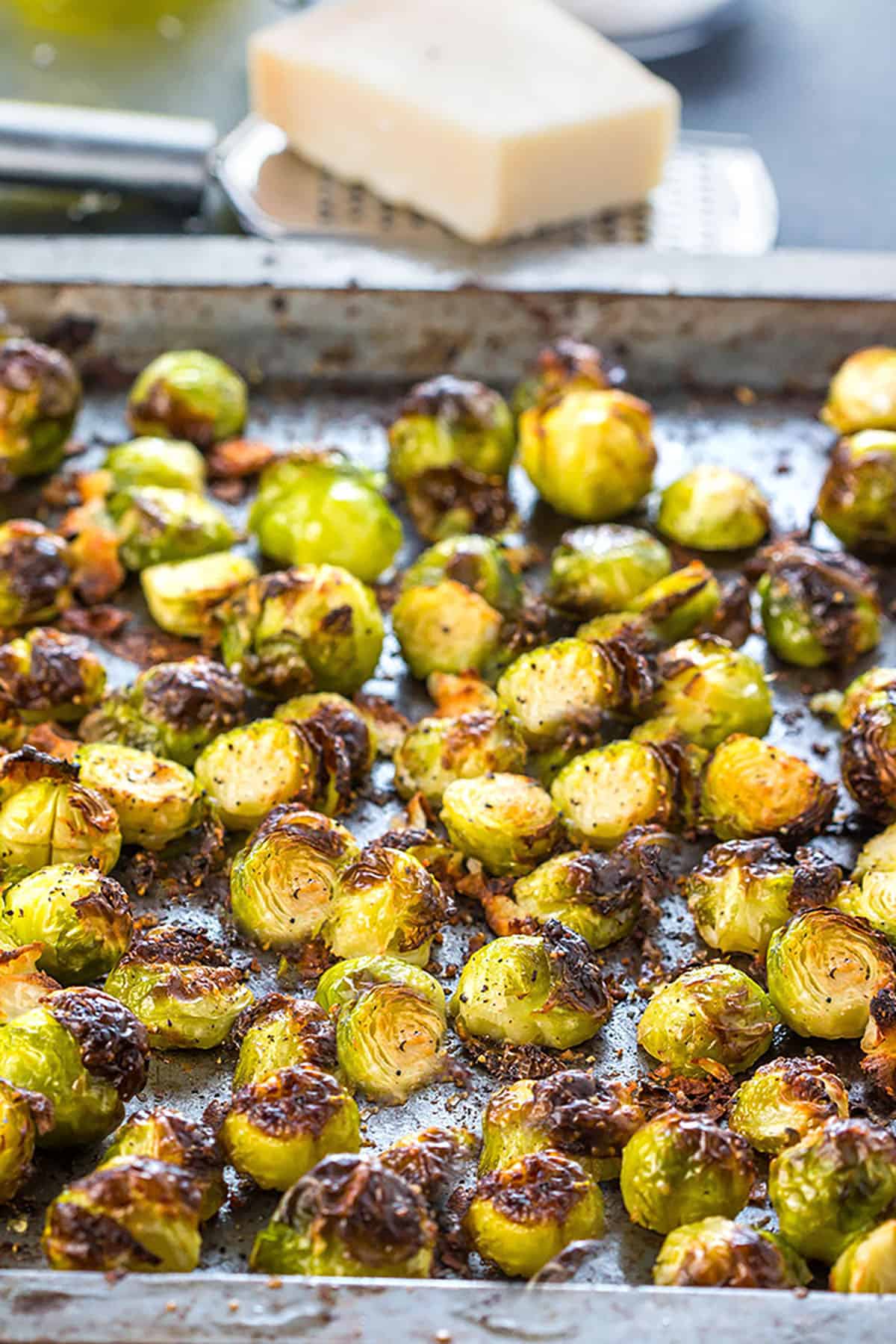


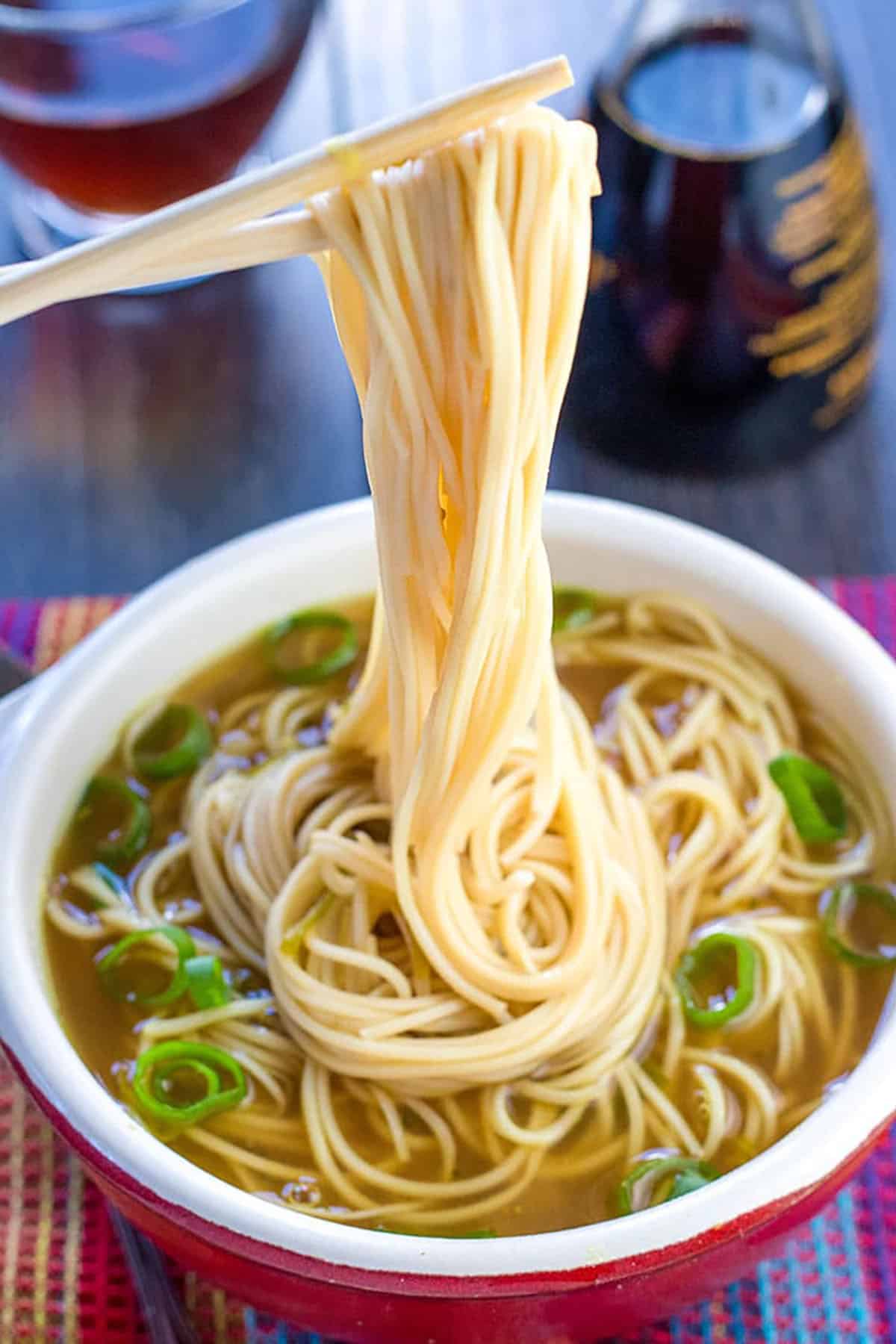
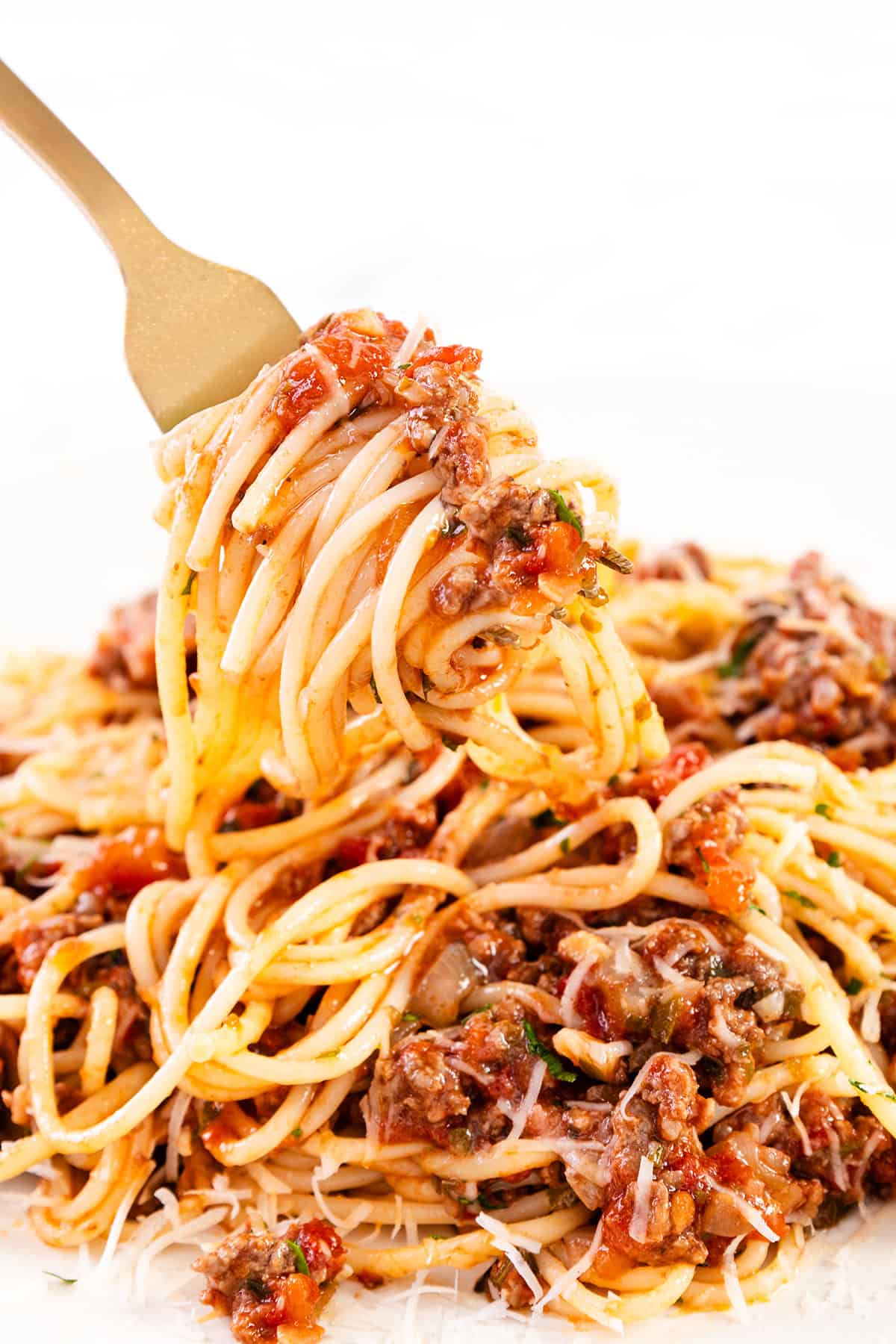
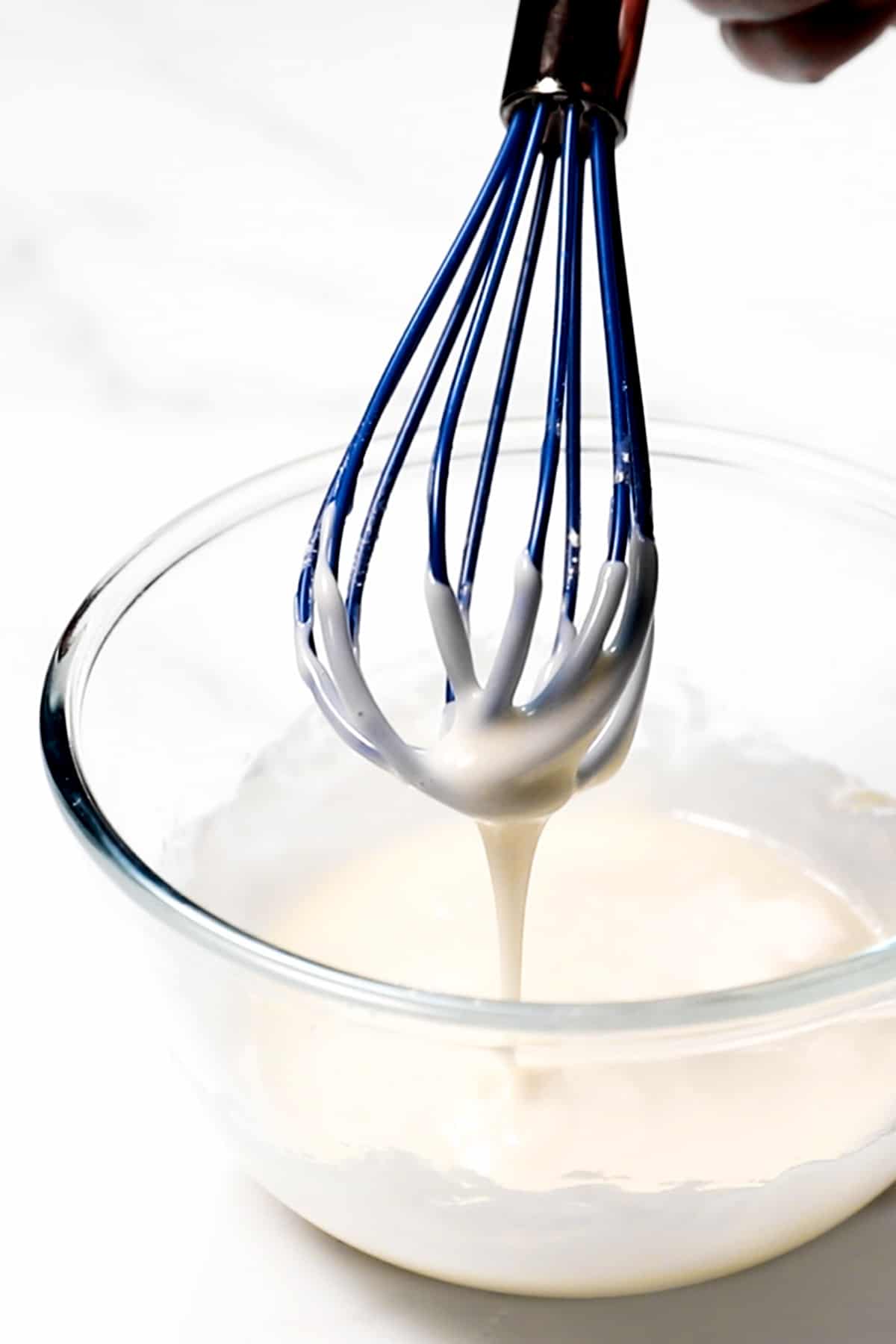

Leave a Reply